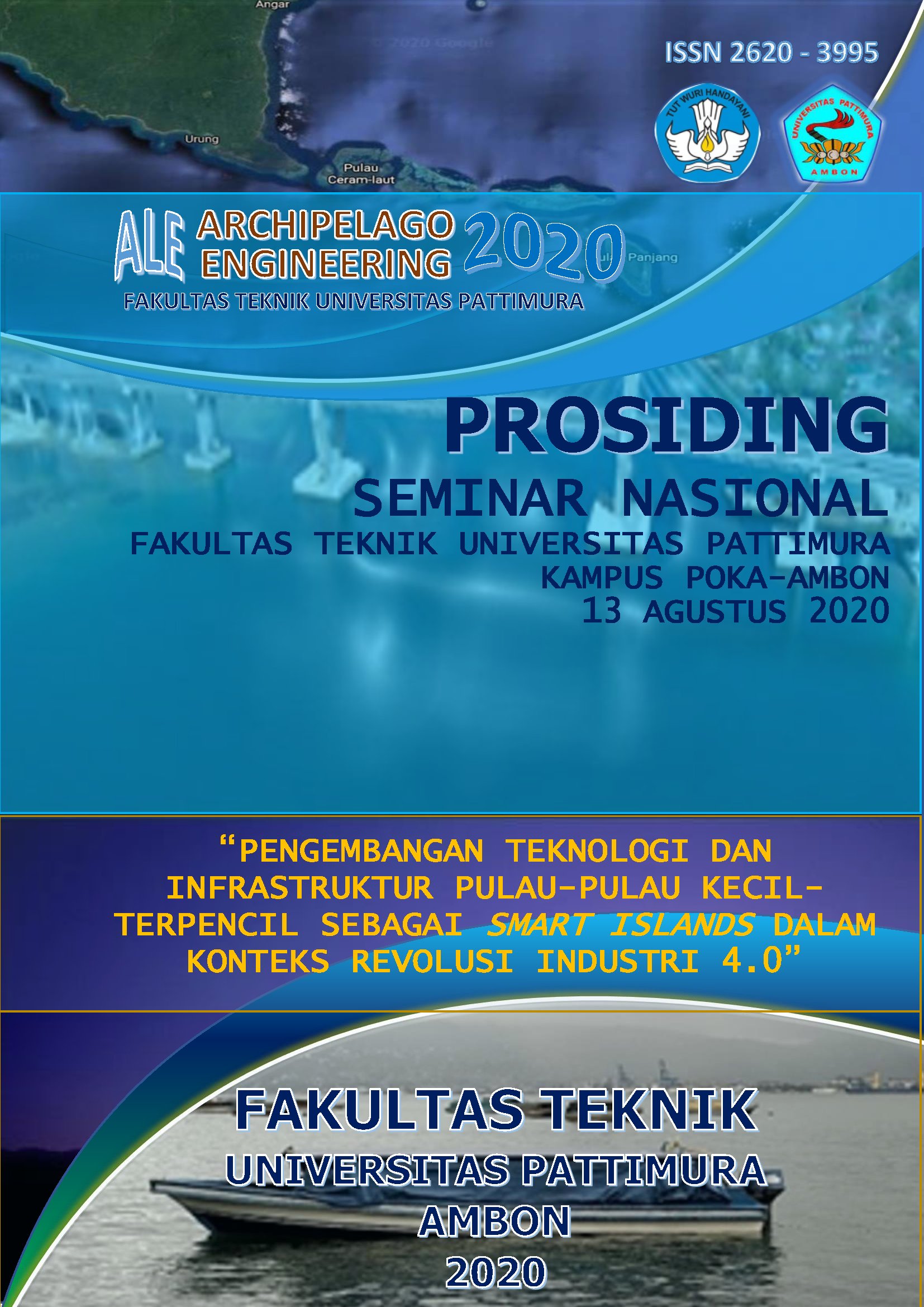IMPLEMENTASI LEAN MANUFACTURING GUNA MEREDUKSI WASTE (Studi Kasus : UD. X)
Abstract
Tujuan akhir suatu perusahaan adalah untuk memperoleh profit setinggi mungkin. Profit yang tinggi yang akan diperoleh jika perusahaan bisa menekan sekecil mungkin pengeluaran perusahaan dan melakukan efisiensi termasuk menekan pemborosan yang ada. Untuk mencapai tujuan tersebut maka perusahaan perlu membuat proses produksi menjadi optimal. UD. X adalah salah satu perusahaan industri yang bergerak dibidang mebel. Produk yang dihasilkan oleh UD. X adalah furniture seperti meja, kursi, lemari, jendela dan pintu. Faktor yang mengakibatkan terjadinya pemborosan terhadap waktu, tenaga, jarak, material, dan mesin sehingga mengakibatkan terjadinya waktu tunggu yang lama dan memperkecil ruang gerak pekerja. Kondisi ini apabila terjadi secara terus-menerus akan berpengaruh terhadap efisiensi dan produktivitas perusahaan, yang nantinya dapat merugikan perusahaan.
Berdasarkan hasil penelitian maka urutan waste yang terjadi pada proses produksi pintu dalam UD. X dari rangking tertinggi sampai rangking terendah adalah waste waiting (17,1%), waste innappropiate processing (16,5%), waste overproduction (15,9%), waste inventory (15,3%), waste transportation (14,1%) waste unnecessary motion (11,8%) dan waste defects (9,4%). Dengan mengetahui waste yang terjadi maka dilakukan upaya untuk mengurangi waste yang terjadi. Metode Root Cause Analysis adalah sebuah metode yang bertujuan untuk mengidentifikasi akar penyebab masalah atau peristiwa. Dengan menggunakan metode ini maka diharapakan dapat mengurangi waste yang terjadi pada sistem produksi pintu.
Downloads
References
[4] Hines, P. dan Taylor, D, Going Lean: a guide to implementation. Lean Enterprise Research Center, Cardiff Bussiness School, USA, 2000.
[5] Hobbs, Tujuan Dari Lean Manufacturing, 2008 [6] Kalsaas. Value Stream Mapping (VSM), 2020.
[7] Liker, J. K. (2006), The Toyota Way. Erlangga, Jakarta, 2006.
[8] Lee, R.G. dan Dale, B.G. (1998), Business process management: a review and evaluation. Business Process Management Journal, Vol. 4 No. 3, pp. 214-225
[9] Pujawan, I Nyoman., Supply Chain Management. Guna Widya, Surabaya, 2005. [10] Pujawan.. Prinsip Utama Dari Pendekatan Lean.2002 [11] Sahoo, & dkk.. Toyota Production System, 2007. [12] Shingo. 7 Tipe-Tipe Pemborosan. Tjiong, W. S., & L, M.. Big Picture Mapping, 2011.
An author who publishes in the ALE Proceeding agrees to the following terms:
- Author retains the copyright and grants ALE Proceeding the right of first publication of the work simultaneously licensed under the Creative Commons Attribution-ShareAlike 4.0 License that allows others to share the work with an acknowledgment of the work's authorship and initial publication in this journal.
- Author is able to enter into separate, additional contractual arrangements for the non-exclusive distribution of the journal's published version of the work (e.g., post it to an institutional repository or publish it in a book) with the acknowledgment of its initial publication in this journal.
- Author is permitted and encouraged to post his/her work online (e.g., in institutional repositories or on their website) prior to and during the submission process, as it can lead to productive exchanges, as well as earlier and greater citation of the published work (See The Effect of Open Access).
Read more about the Creative Commons Attribution-ShareAlike 4.0 Licence here: https://creativecommons.org/licenses/by-sa/4.0/.






